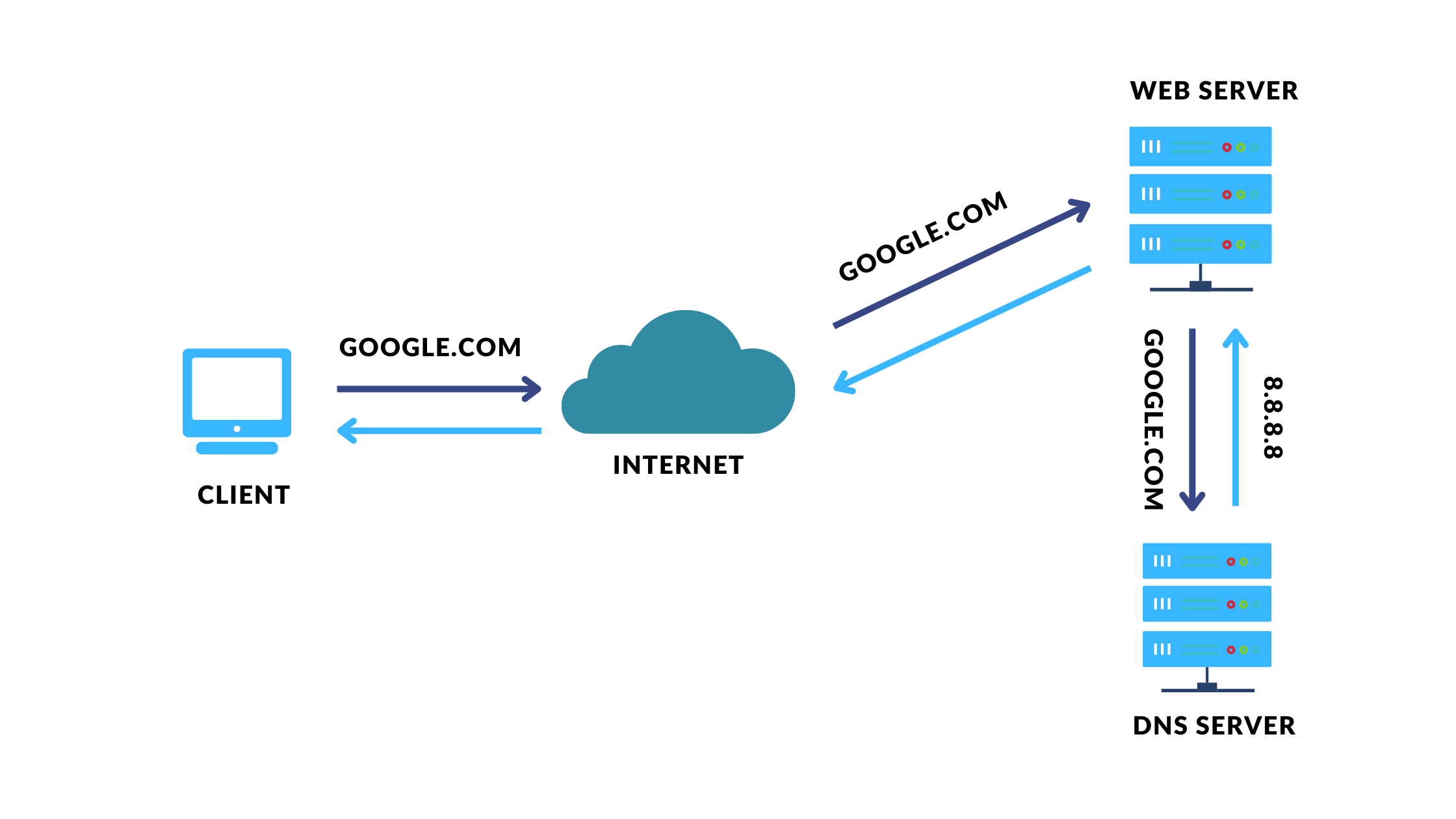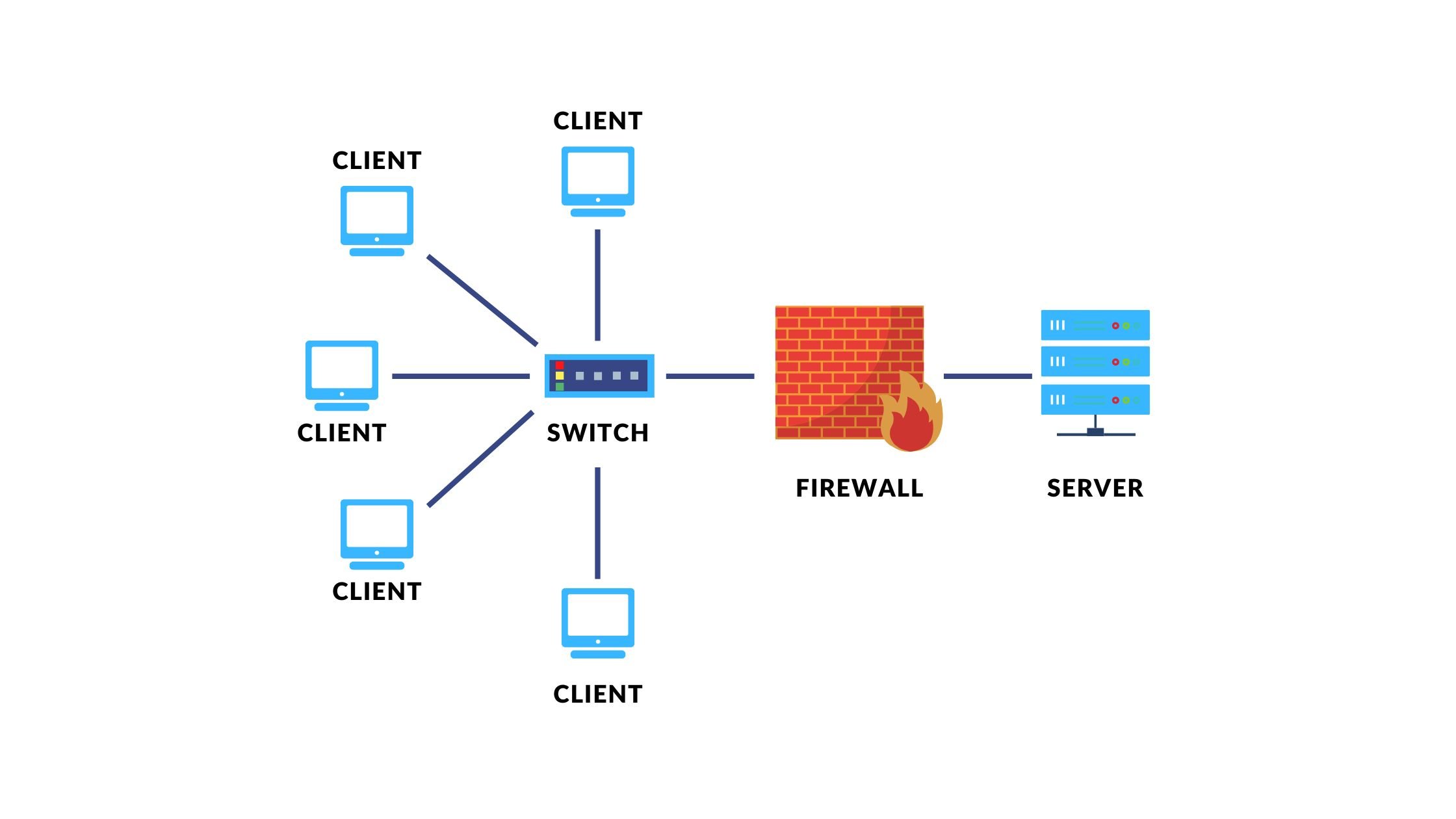


In this blog post, you’ll find everything you need to know about how to configure a network server. This guide will walk you through the different steps necessary for configuring a network server including setting up user accounts, configuring network settings, installing and configuring applications, setting up shared resources, configuring security measures, setting server backup, and finally testing the server.
But before we begin, here’s a quick introduction…
Network server configuration refers to the process of setting up and configuring the hardware and software of a network server to get it up and running. It involves multiple steps including configuring the operating system, network protocols, security settings, user access, shared resources, and network services. Thorough attention to the server configuration is essential for ensuring the performance, stability, and security of the server as well as the network.
Here are the steps for configuring a network server:
In the following sections, we will discuss each step in detail.
The very first step in configuring a network server is setting up user accounts for those who will be accessing and configuring the server. This step ensures that the server resources are accessible only to authorized individuals and more importantly, prevents unauthorized changes to server settings and configurations.
Before you can begin creating user accounts, it is important to document who needs access and what level of access they need. For example, administrators will need full access to the entire server, while for most other users read-only access will be sufficient. This will help keep track of access and privileges, and prevents privilege creep, which will come in handy during security audits.
As a security best practice, you must create separate accounts for each user with unique usernames and passwords. When creating user accounts, it is also important to ensure that each user has only the level of access they require to perform their job. This practice of restricting access rights is called the Principle of Least Privilege (PoLP) and is a foundational principle of good security.

It is also a good practice to create groups with specific access levels. When you need to give a user specific access and privileges, you can do so by simply adding the user to the group with those specific access and privileges. This makes it easier to manage user access and reduces the chances of errors and misconfigurations.
Setting up user accounts is an important step in network server configuration as it helps in maintaining security and preventing unauthorized access. Following best practices is creating user accounts and limiting access and privileges ensure that the network server remains secure and functional.
The next step in the process is configuring the network settings. This is an important step as it ensures that the server is able to communicate with other devices on the network and that the network traffic is routed efficiently.
This step involves configuring the server's IP address, which helps identify the server on the network and route traffic to and from the server. The next setting to configure is the default gateway, which is responsible for routing traffic to and from devices on different subnets.
Another important setting that needs to be configured in this step is the subnet mask. The subnet mask separates the IP address into the network and host addresses and determines the size of the network segment that the server is on. Proper subnet mask configuration helps ensure that the server is able to communicate with other devices on the same subnet.
Next, you need to set the server as a domain controller so that devices on the network can join the new centralized environment and the server can authenticate user credentials. A domain controller responds to authentication requests and verifies users on computer networks. It helps in keeping users and devices on the network organized and secured.
Finally, the Domain Name System (DNS) settings also need to be configured in this step. DNS servers translate domain names to IP addresses and are critical for accessing resources on the internet and on other networks. Configuring DNS settings correctly is necessary for ensuring that the server can access resources on the internet or on other networks.

In summary, configuring network settings is a critical step in ensuring the proper functioning of a server. It includes configuring the IP address, default gateway, subnet mask, domain controller, and DNS settings. Taking the time to properly configure these settings ensures that the network server is not only efficient and functional but also secure.
The next step in the process includes installing and configuring applications. The applications you need to install will depend on the specific requirements of the server, such as whether it will be used as a file server, web server, database server, etc. Typically, you will need to install a firewall, an antivirus, a web server application, and a database management system.
To install and configure the application, simply follow the instructions provided by the application vendor. Most applications also come with a setup wizard, which guides you through the installation process. After installing the application, you may need to configure it to work with the network server. This can usually involve setting up user accounts, configuring permissions, and configuring network settings.
Installing and configuring applications is an important step in configuring a network server. Correctly installing and configuring the application is necessary to ensure that your network server is able to fulfill its function securely and efficiently.
One of the key benefits of a network server is that it allows you to share resources such as files, printers, and other devices among network users. To set up shared resources, you first need to determine what resources need to be shared and how they will be shared. Depending on the resource, this may involve creating shared folders, setting up printer sharing, etc.
Once you determine what needs to be shared and how, you will need to configure user access to those shared resources. This usually involves setting permissions for users to access shared resources. Although this appears simple, it should be done with careful attention to prevent unauthorized users from gaining access to the resources.
It is also a good practice to monitor shared resources for usage and performance. This helps identify potential issues before they become serious problems. Many network server applications come with built-in monitoring tools but if the applications you install don’t have such tools, you can always use third-party software to monitor performance.

Your server is probably the most important part of your infrastructure since it is usually the heart of the business activity, performing tasks ranging from provisioning services to storing data. Since servers are critical for the day-to-day operation of a business, they are an attractive target for cybercriminals. Therefore, server security needs to be taken very seriously.
While server security is vast and warrants a separate blog post if not more, here I will address just the basic security measures. The first thing is to use strong and unique passwords for all user accounts on the server. All user accounts on the server must strictly adhere to the organization’s password policy.
The second basic security measure is to install antivirus and anti-malware software on the server. In addition, it is also essential to ensure that the server operating system is updated with the latest security patches. Keeping the operating system and antivirus software updated ensures that the server is protected from all known vulnerabilities and malware.
It is also essential to set up firewalls to monitor incoming and outgoing network traffic. Firewalls not only monitor but can also block unauthorized traffic coming to your server. This can help prevent malware from communicating with external servers and exfiltration of data.
Additionally, it is also a good practice to configure access controls for restricting access to the server's resources based on user roles and permissions. I have covered access management in detail in an earlier blog post: Importance Of Identity And Access Management For Small Businesses.
Servers are critical parts of your infrastructure that need to be protected from a range of data loss scenarios including hardware failure, cyberattacks, and natural disasters. The most robust backup strategy is the 3-2-1 backup strategy in which you create 3 backup copies of your data, 2 copies stored locally but on different media, and at least 1 copy stored off-site, usually in the cloud. Backing up to multiple devices and locations eliminates a single point of failure, eliminating virtually all risks of data loss.

Backing up your server enables your business to not only recover from data loss resulting from ransomware or natural disasters such as flooding, fires, etc. but also to ensure business continuity. If your business doesn’t already have a disaster recovery and business continuity plan, it is highly recommended to create one.
Once all of the above configuration steps have been completed, it is always a good idea to test the server to ensure that it is working as intended. This usually involves connecting to the server from client devices and accessing shared resources. More advanced checks can involve running diagnostic tools to test the hardware and software components.
One of the first tests you will run is to check the server's network connectivity. This is usually done by pinging the server from other computers on the network, and verifying that the server can access other network resources such as shared folders and printers. You will also need to ensure that necessary ports are open and verify that the server's network settings configured earlier are correct.
After that, you will need to verify user accounts and permissions are working correctly. This is usually done by logging in to the server with different user accounts, and verifying that each user has access to the appropriate resources. Running these tests helps find and troubleshoot potential issues before they become serious problems.
Another important thing you need to test is the server’s performance under different loads. This is usually done by simulating network traffic accessing shared resources and monitoring the server’s CPU and memory usage. This test is necessary to verify that the server is capable of handling the expected workload without slowing down or crashing.
Servers are arguably the most important part of your infrastructure. They are at the center of your business operations and need to be running at optimal levels constantly. Ensuring that this happens depends on careful planning, installation, and, especially, configurations and settings.
Even expensive hardware and software will not be able to give you the expected performance if the configurations and settings are not correct. The steps described above give you an overview of what needs to be done to ensure that your server is accessible, secure, and performs well over time.
Do you need help with installing, managing, or upgrading your server? Reach out to us by clicking the button below for assured, timely, and cost-effective server installation, migration, management, or upgrade.